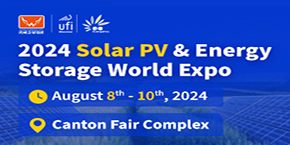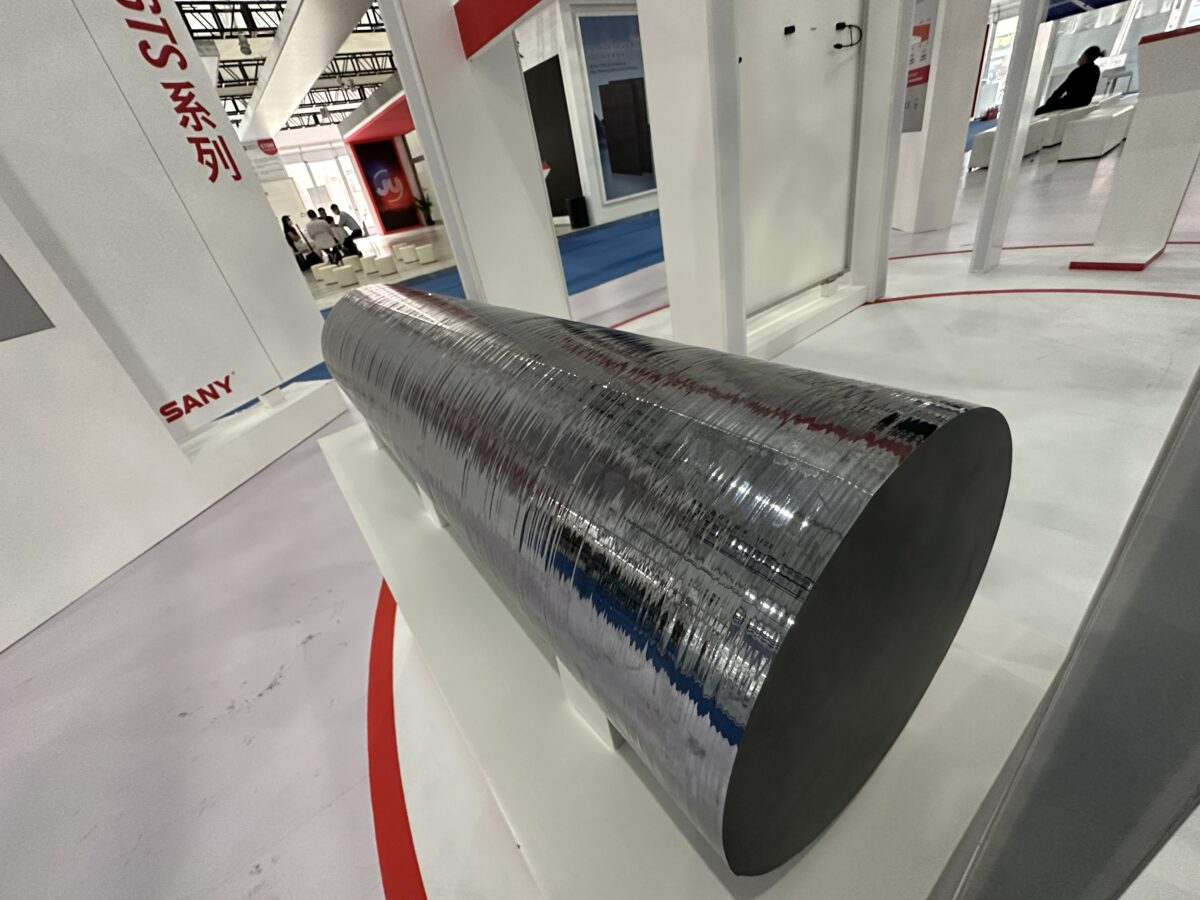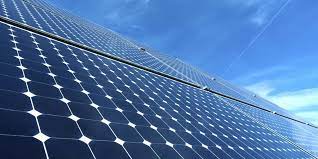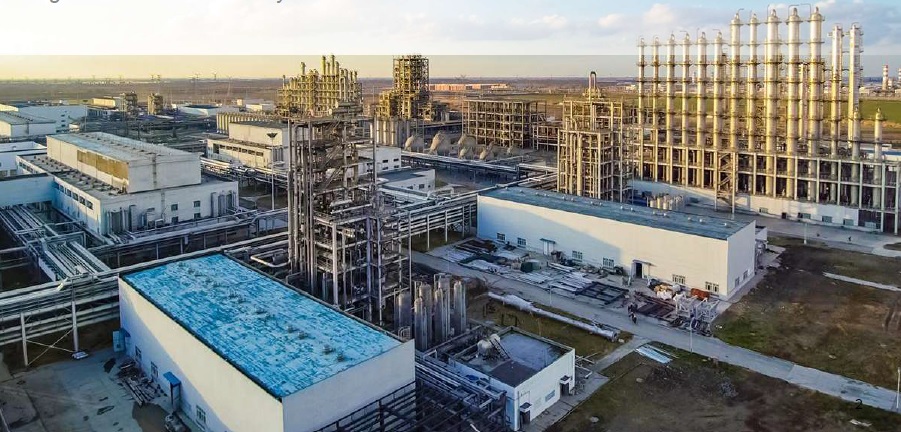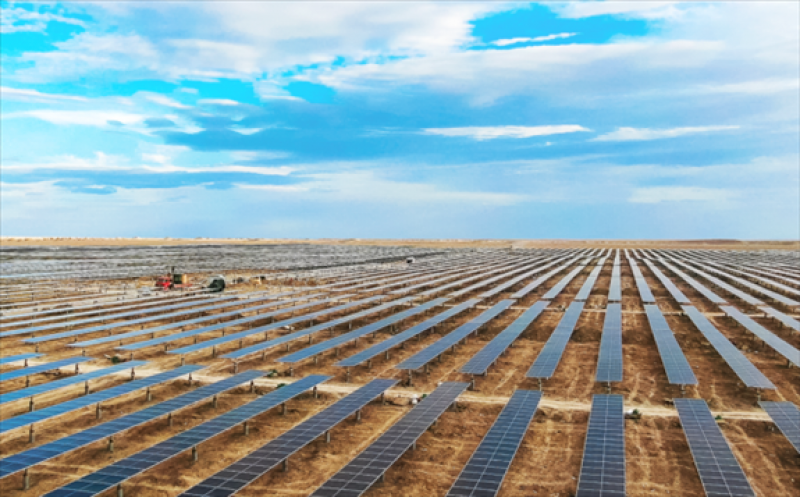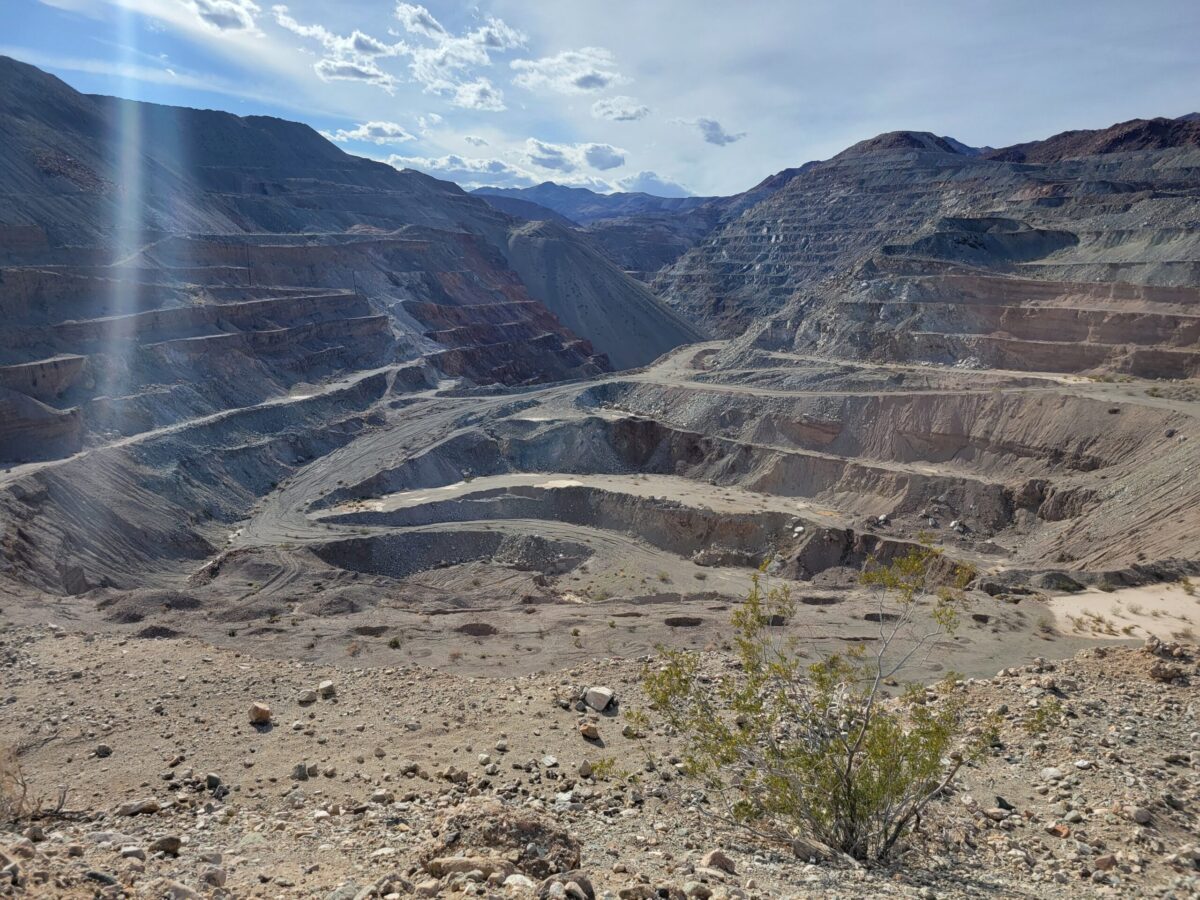 Eagle Mountain pumped storage hydro project lower reservoir location (photo courtesy ORNL)
Eagle Mountain pumped storage hydro project lower reservoir location (photo courtesy ORNL)About this time last year, I published an article on Hydro Review where I asked: “Who will build the first new pumped storage hydro in the U.S.?”
In that article, I didn’t really provide an answer to the question. I did list the three projects I saw as the front runners, based on them having operating licenses from the Federal Energy Regulatory Commission: 1,300 Eagle Mountain in California, 400 MW Gordon Butte in Montana and 393 MW Swan Lake in Oregon. And I included the 1,200 MW Goldendale project in Washington in the honorable mention position.
Instead, I asked readers to share their predictions and insights on this subject. And they did not disappoint. Below I will first give an update on the status of the four projects above, and then I will share some of the input I received. I hope we can keep this conversation going, so this is an open invitation to email me your opinions at any time.
Update on the four projects
As you might have imagined, there has been little forward progress by these projects, but there are some updates:
Eagle Mountain Hydroelectric Pumped Storage Project (P-13123)
A search of FERC activity for the past three months revealed that in mid-June, Eagle Crest Energy Company received an order from FERC granting a stay of the commencement and completion of construction deadlines. Eagle Crest now has until June 19, 2028, to commence construction and June 19, 2031, to complete construction.
Eagle Mountain pumped storage hydro project lower reservoir location (photo courtesy ORNL)
In August 2023, experts from Oak Ridge National Laboratory published an article on Hydro Review discussing development of pumped storage hydropower on mine land in the U.S. They said the U.S. Department of Energy’s Office of Clean Energy Demonstrations aims to accelerate development by demonstrating use of pumped storage hydropower and other clean energy technologies on mine land. They cited the Eagle Mountain project as an example, given its FERC license.
A 2012 Environmental Protection Agency report said the project will generate 4,308 GWh annually.
Gordon Butte Pumped Storage Project (P-13642)
A search of FERC activity for the past three months yielded no results. The webpages for the project and developer Absaroka Energy contained no updates on project status or progress.
The project website estimated annual generation of 1,300 GWh.
Swan Lake Energy Storage project (P-13318)
A search of FERC activity for the past three months showed that earlier this month, Rye Development submitted a response to a request by FERC for additional information related to the updated Exhibit G drawings for the project. And in early July, Rye Development submitted a response to comments from FERC’s Board of Consultants Meeting No. 1.
The timeline published on the project website indicates construction is to begin in 2023, with commercial operation in 2026.
In 2019, Hydro Review reported expected annual generation of 1,187 GWh.
Goldendale Energy Storage Project (P-14861)
In March 2023, Hydro Review reported that FERC staff had prepared a draft environmental impact statement for licensing of this project. In the draft EIS, FERC staff recommended the staff alternative, which consists of issuing a license that includes the measures proposed by the applicant, as well as certain recommendations made by state and federal agencies and non-governmental organizations and some staff-recommended modifications.
A search of FERC activity for the past three months revealed that in mid-August, Rye Development submitted a response to the draft EIS.
In addition, the project website said the Washington Department of Ecology issued a Section 401 Water Quality Certification under the Clean Water Act for the Goldendale project in May 2023.
Expected annual generation from this project is 3,561 GWh, per multiple sources.
Industry feedback
And now, to the most interesting context on this subject: insights from the industry.
First, a reader pointed out that the previous article did not contain information on actual generation from the above projects, so I have added that information in this article.
Andrew Blakers, a professor in the School of Engineering, College of Engineering and Computer Science, Australian National University, pointed out that the U.S. has “vast numbers of excellent closed loop (off-river) pumped hydro sites,” with 35,000 good sites with no new dams needed on rivers and no flood control costs. Despite this, he said, “I wonder whether energy planners have realized just how good the off-river U.S. pumped hydro resource is.”
Another reader commented on the importance of ensuring that pumped storage facilities use electricity from wind and solar plants to pump the water uphill, as opposed to the current situation of pulling electricity from the grid, which may come from fossil fuels. He also suggested using green hydrogen to power the pumps as a backup to wind and solar, potentially making this hydrogen from solar and wind projects. He said my article asks the wrong question and instead should ask: “Who will be the first to pump water back up the hill with renewables.”
Another perspective received pointed to the value of seawater-based pumped storage and discussed a particular technology.
Nobody, unfortunately, provided an answer to the question in the article.
What now?
Is the U.S. industry any further along in its quest to build new pumped storage than it was a year ago? The short answer: Yes, but progress continues to be slow. And setbacks seem to continue.
In general, the news around this technology in the U.S. is a bit … lackluster.
Good news: Hydro Review reported earlier this month that the U.S. Department of Energy announced more than $13 million in funding for expansion of pumped storage hydropower and generating power at non-powered dams. Bad news: However, a month earlier in August, Alabama Power announced its intent to voluntarily surrender the preliminary permit for its proposed 1.6 GW Chandler Mountain Pumped Storage project.
Good news: The National Renewable Energy Laboratory said closed-loop pumped storage hydropower systems have the lowest potential to add to the problem of global warming for energy storage when accounting for the full impacts of materials and construction. Other good news: NREL and Argonne National Laboratory found about 1,800 sites in Alaska that are suitable for the development of closed-loop pumped storage and many more that are suitable for open-loop pumped storage. Bad news: In May, MidAmerican Energy and Missouri River Energy Services announced they discontinued development work on the 1.8 GW Gregory County Pumped Storage Project.
I’m confident that on the average the good news will outweigh the bad and the industry will continue to move forward, but the pace will be more marathon than sprint. What’s your prediction?
